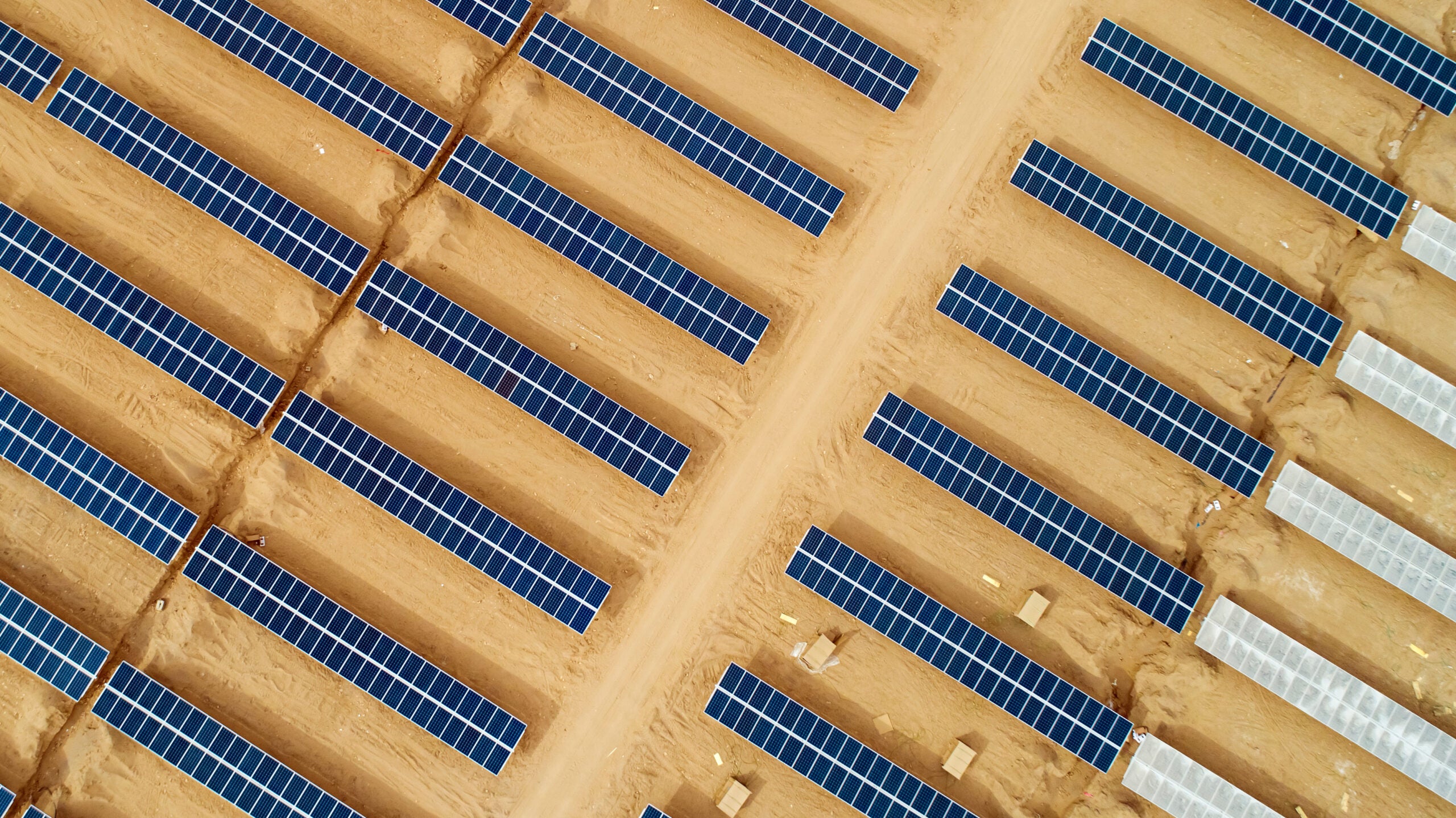
The Chinese National Energy Administration has commissioned an economic assessment into the viability of the construction of a Dynamic Tidal Power (DTP) facility off the east coast of China, marking a step head for large-scale generation of clean, renewable energy from the ocean’s tides.
The potential facility will include the construction of a dam stretching 60km -100km perpendicular to the Chinese coast between Xiamen and Shantou, and in the entrance to the Bohai Sea.
How well do you really know your competitors?
Access the most comprehensive Company Profiles on the market, powered by GlobalData. Save hours of research. Gain competitive edge.

Thank you!
Your download email will arrive shortly
Not ready to buy yet? Download a free sample
We are confident about the unique quality of our Company Profiles. However, we want you to make the most beneficial decision for your business, so we offer a free sample that you can download by submitting the below form
By GlobalDataTidal power will be captured by the dam through a network of 4,000 turbines that would generate up to 15GW of energy, which is the equivalent of six large coal or gas power stations and would provide energy for more than ten million homes.
Arcadissaid River, Coast and Sea Department director Rob Steijn said, "We are thrilled about the fruitful co-operation with our Chinese partners. Of course it helps a lot that many tidal conditions along the Chinese coastline are very good for the concept of dynamic tidal power."
The patented technology, known as the POWER Programme, is being developed by a consortium of eight Dutch companies, including Arcadis as lead, in cooperation with the Chinese Government.
The consortium includes Strukton Engineering, Arcadis, Pentair/Nijhuis Pompen, Antea Group/Oranjewoud, WUR – IMARES, DNV KEMA, TU Delft and H2iD.
The current economic assessment will focus on the design and construction costs of the project, which are estimated to be $40bn.
This follows completion of a series of feasibility projects over the past three years that validated the principle and assessed potential locations.
If the Chinese economic assessment, which is slated to be completed by the end of 2014, is successful, the project will move ahead with testing and final design for completion by 2020.
Image: illustration of a Dynamic Tidal Power (DTP) facility. Photo: courtesy of ARCADIS.





